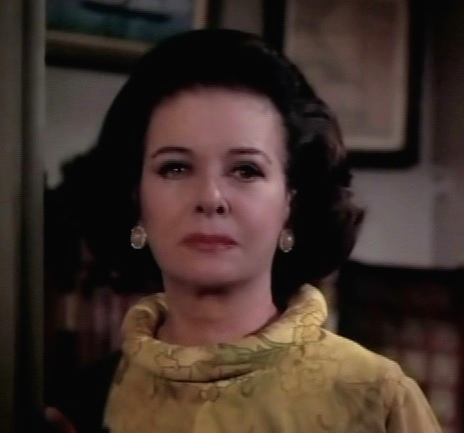
As a result, her novels were reissued in 1888, 1889, and 1901 and were more favorably received than in their original publication. Howells and Nathaniel Hawthorne, who compared her work to the fiction of Ivan Turgenev, Honoré de Balzac, the Brontës, and Thomas Hardy.

Stoddard’s work was praised by such authors as W. D. She died from a long illness on 1 August 1902. Writing in an era that endorsed the domesticity of women, Stoddard failed to find an audience, not only because of her intensely eroticized novels, but also because of her oblique narrative style. Her somewhat impoverished life with Richard required her to produce hack pieces that caused her to question her own artistic abilities. Her last major achievement was a collection of children’s tales called Lolly Dinks’s Doings (1874), a complex interplay of curious and peculiar incidents and characters. During the 1860s, Stoddard also published the best of her short fiction, often set in her childhood in New England.

All three were well received by critics, but none achieved financial success. She followed these nearly seventy-five apprentice pieces with the novels The Morgesons (1862), Two Men (1865), and Temple House (1867). Stoddard’s columns mocked the values of the sentimental novel with its focus on self-denial. These columns reveal a skeptical Stoddard as she critiqued accepted customs of her contemporaneous society-institutionalized religion, manifest destiny, established religion, and the cult of true womanhood. Full of witty commentary, Stoddard’s “letters” regularly reported on the New York cultural scene. Between 18, she wrote a bimonthly column for the San Francisco Daily Alta California. The couple sporadically held a salon for aspiring artists, actors, and writers, members of what literary historians have called “the genteel circle.” During the 1850s, Stoddard began publishing poetry, sketches, and short fiction in such journals as Harper’s Monthly and the Atlantic Monthly.

She bore three children, only one of whom lived to adulthood.

Money was tight even though Richard was gainfully employed in a Custom House job secured by Nathaniel Hawthorne, a distant relation to Elizabeth. Married in 1852, Elizabeth and Richard lived in New York City. After attending Wheaton Female Seminary for one term in 1837 and again in 1840–1841, she traveled in New England and to New York City where-in 1851 at the age of twenty-eight-she met Richard Stoddard, an aspiring poet. The second of nine children, Stoddard grew up in a fairly affluent family, although several of her father’s business ventures failed. This intense and often-bleak seacoast environment provided the setting and the characters found in her best work. She was reared in Mattapoisett, Massachusetts, a fishing village on the northwest shore of Buzzards Bay. Elizabeth Drew Barstow Stoddard (b. 1823–d. 1902) wrote journalistic pieces, novels, short stories, juvenilia fiction, essays, travel literature, and poetry.


 0 kommentar(er)
0 kommentar(er)
